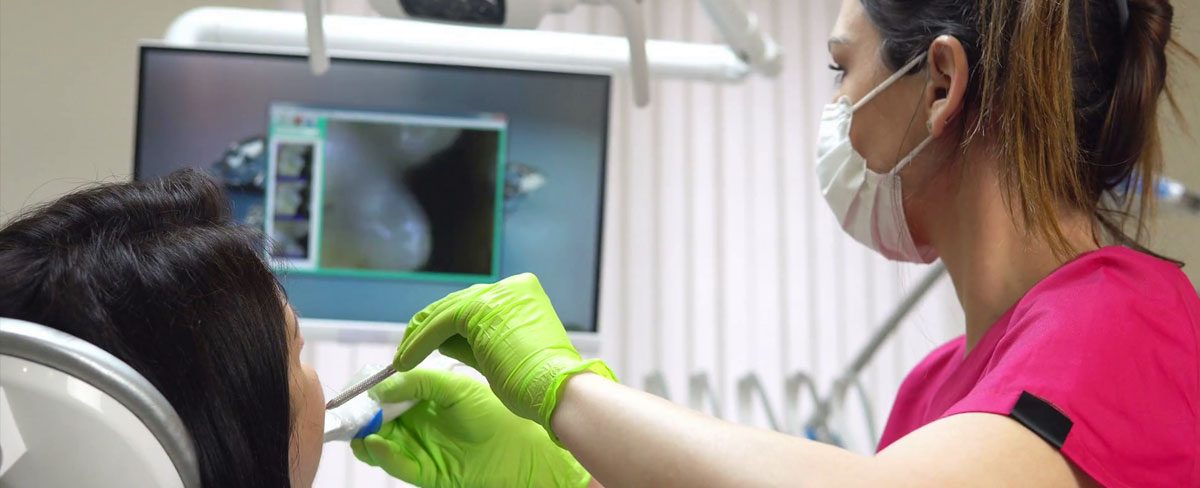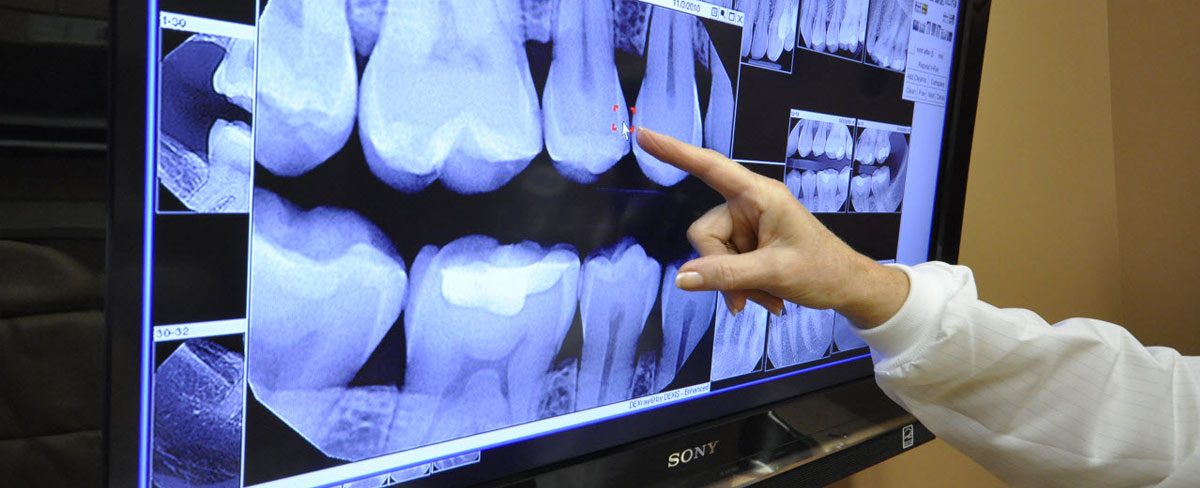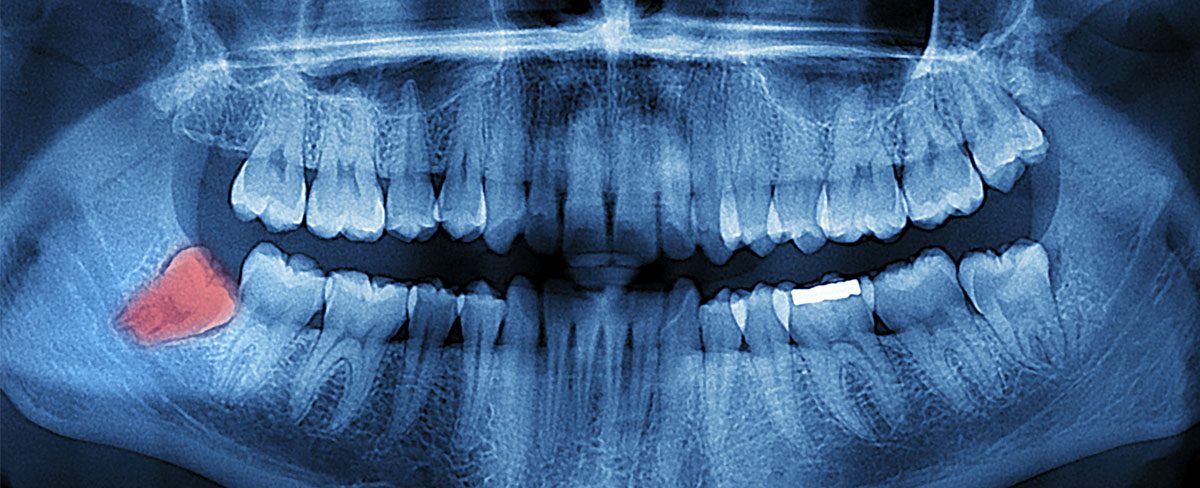The short answer is that an intraoral camera is a tool our dentist at Reedley Family Dental uses to examine your mouth in as detailed a way as possible. The instrument, which may look like an oversized pen, has a camera that takes high-resolution footage or images of a patient’s mouth and shows the visuals real-time on a monitor—they’re like high-tech versions of the hand mirrors you see in your dentist’s practice.
Benefits the dentist.
Intraoral cameras have incredible technological features. With LED lighting, a head that rotates from 0 to 90 degrees, and powerful magnifying capabilities (some cameras can zoom in up to 100x), our dentist can examine your mouth in extreme detail. This means he or she can make diagnoses more accurately. The office can attach these photos to your health record to make tracking any changes simple. Additionally, because the visuals from the intraoral camera appear on the monitor as they’re taken, our dentist can discuss your oral health with you while you both see the images or footage.
Benefits the patient.
Each feature that benefits the dentist also benefits the patient—maybe even more. Our dentist understands symptoms and conditions thoroughly, but it’s often difficult to explain precisely what is happening in a patient’s mouth using just a mouth mirror, which is small and hard to see, or an x-ray image, which takes time to print and doesn’t display images clearly.
When our dentist uses an intraoral camera during your examination, however, you’re seeing exactly what he or she sees right then. Dentists can display clear, colorful images, allowing them to point out any issues and discuss them with you immediately. You’ll certainly learn a lot about your mouth! And the more you see and understand, the more confident you can be when making treatment decisions.
At Reedley Family Dental, we will print or email images for our patients so you can refer to them at home. Because these images are processed immediately, it saves you time.




